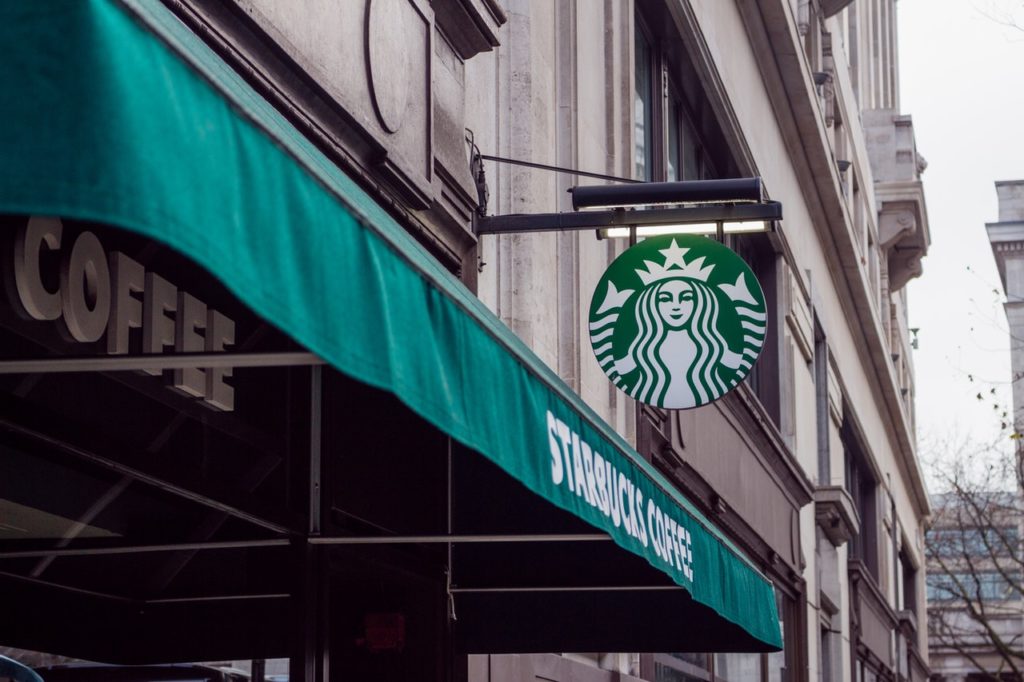A new Starbucks branch in town is like a kitchen sink remodel: it’s a simple addition to the place, but it’s guaranteed to keep the real estate rates up. Economists call this “The Starbucks Effect,” the phenomenon of how their store openings positively affect neighboring home values, as well as nearby supermarket sales.
Every other month, a new branch pops up in the corner. Americans can’t get enough Starbucks. Well, at least most Americans do. The naysayers consider Starbucks coffee as “mediocre” and believe that it will pass like another fad.
But even so, after 49 years, Starbucks remains to be the top cafe franchise in America. It is also the second leading coffee bean of choice, only surpassed by Folgers.
Sleepless in Seattle
The Starbucks venture was pursued by three friends: Zev Siegl, a history teacher, Jerry Baldwin, an English teacher, and Gordon Bowker, a writer. After learning brewing techniques from roasting entrepreneur Alfred Peet, they thought of starting their own brand.
On March 30, 1971, the first Starbucks branch opened its doors to the caffeine-pulsed coolios and nocturnal owls of Seattle. For six years, they sold their roasted beans. It was only in 1986 when the company bought Peet’s Coffee and started selling espresso.
The company infiltrated locations worldwide, big or small. As of 2020, there are 32,660 Starbucks stores and counting.
With an aggressive expansion model, sometimes things wouldn’t go their way. For instance, around 2003, Starbucks lost $6 million on six stores in Israel, citing a difficult business environment.
Still, the company continues to pursue worldwide market infiltration through careful schemes.
The Starbucks Effect was not left to chance. It took aggressive branding strategies and effective management to ensure Starbucks keeps their place. How exactly did they do it?
Promoting Employee Loyalty and Productivity Through Competitive Benefits
Most businesses forget the importance of investing in healthcare and insurance. Road accidents happen more often than you think, and it often involves public utilities and private transport for corporations. For the latter, large trucks on their way to supply delivery are usually involved.
By the time you’ve finished reading this section, or about 60 seconds, an accident has happened somewhere in the world. In 2015, approximately 500,000 road crashes in America involved trucks.
In case it happens, a strong health plan, coupled with corporate insurance, can ensure a smooth compensation claim for all parties involved: the company, the employee, and his truck labor lawyer.
Starbucks knows about the stats. In a year, the company actually spends more money on healthcare than coffee. Whether the employee is working on the road or part of the in-house staff, they are covered by a competitive health plan. In 2008, the company reported spending $300 million on healthcare alone.

Using Value-Based Pricing to Maximize Profits
Profit maximization is achieved by selling goods or services at a price where the total revenue (TR) is at its greatest above total cost (TC). In other words, it is choosing a workable price where the difference between TR and TC is at its maximum.
Starbucks maximizes its profits by using a value-based approach, wherein prices are primarily based on a customer’s perceived value of the product or service. It involves constant assessment of the consumers’ response and their perception of the products’ worth.
Value-based pricing allows Starbucks to gradually increase prices on particular items and add-ons. For example, if you’re an avid visitor, you’d probably opt for a Venti, the largest size, to get more serving for your buck. Meanwhile, Starbucks has increased prices for its smaller options without you noticing.
Over time, the increases would carry over to your Venti cup. By this time, you’d still consider Starbucks a treat or an affordable luxury. And so, you’d be willing to pay a few cents more.
Selling a Lifestyle to Support Value-Based Pricing
Value-based pricing works for markets that offer a lifestyle or a feeling. Aside from the product or service itself, the brand is selling status or accessory, enhancing the customer’s self-image and social standing.
More than selling espressos, Starbucks redefined coffee culture by providing an experience. The stores carry a distinct cozy ambiance. The walls are adorned with a cool earthy palette, bricks, and stucco finishes. Add the ambient sounds of the espresso machine, and you’ve got a space that makes you feel like you’re a part of something—even when you’re just sitting down, downing a cup of joe. Their cafe spaces could work for busy bees as well as peers looking for a place to relax.
Continued Innovation
The pandemic disrupted the cafe business, and Starbucks was not immune to that. Yet, the brand continues to pursue innovations in elevating the customer experience. They are now looking into expanding digital customer relations. Despite the challenges, Starbucks aims to provide a lifestyle, one cup at a time.

